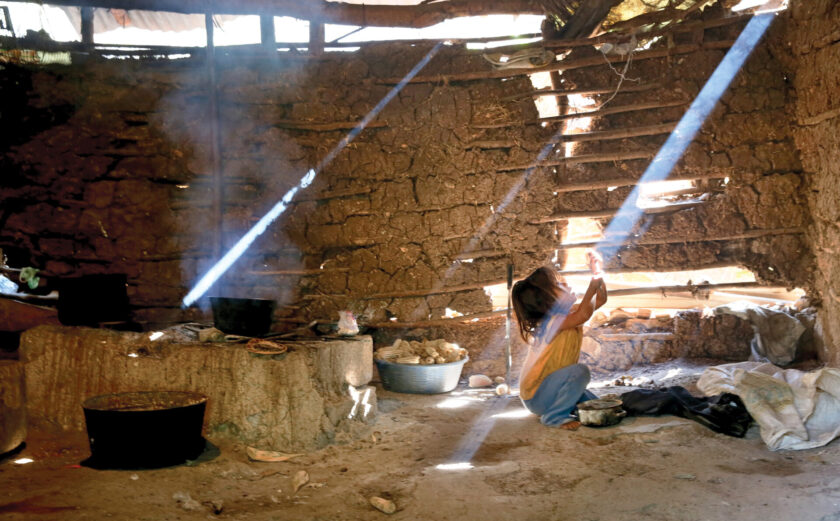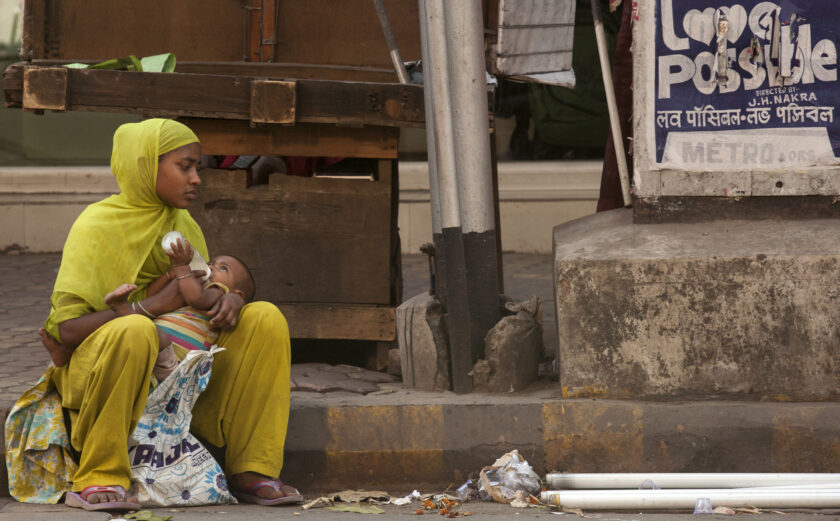
Report on South Sudan’s Humanitarian Architecture
Over a decade after gaining independence, South Sudan still faces significant humanitarian need, with an estimated 9.4 million people—75% of the population—expected to require humanitarian assistance in 2023. Food insecurity is the most overwhelming crisis in the country, and although donor funding levels have remained stable, the need continues to rise.
Despite the significant number of NGOs in South Sudan, including 1,800 local or national NGOs (NNGOs), recent changes to the country’s humanitarian architecture have jeopardized NGO participation in humanitarian coordination mechanisms. This comes at a time when the international community is aiming to improve NGO engagement in the global system. As an advocate for the NGO community, a major convener of U.S.-based international NGOs (INGOs), and a supporter of field-level coordination via NGO fora, InterAction staff recently took a field trip to Juba, South Sudan, with four objectives:
- Investigate whether global policy initiatives—such as the Emergency Relief Coordinator’s (ERC) Flagship Initiative, the Action Agenda on Internal Displacement, and Grand Bargain National Reference Groups—were “trickling down” to South Sudan and diffusing throughout the humanitarian community.
- Determine whether South Sudan’s humanitarian architecture allows for the robust, equitable inclusion of NGOs, including the South Sudan NGO Forum.
- Evaluate country-specific partnership challenges and successes to improve global partnership processes and policies between NGOs, U.N. agencies, and the donor community.
- Capture best practices and lessons learned to support InterAction’s NGO Members, NGO fora, and broader humanitarian systems more efficiently and effectively in other contexts and globally.
To accomplish these objectives, InterAction conducted desk research plus remote and in-person consultations with key actors in South Sudan’s humanitarian landscape, such as: the South Sudan NGO Forum Director, Co-Chairs, and Members; InterAction INGO members; national NGO colleagues; fellow membership networks ICVA and NEAR; WFP, UNHCR, and OCHA; and several donor government representatives.
Over the course of several weeks of consultations, four areas of concern came to light:
- Humanitarian Coordination and Inclusion
- Communication
- Financing, Partnerships, and Localization
- Administration and Reporting
The attached report analyzes the different factors at play in each area, outlines key pain points, and offers recommendations for resolution to meet the needs of South Sudan’s humanitarian context.
Although this report focuses on South Sudan’s specific context, it is important to note that many of these findings are globally relevant and, as such, will inform InterAction’s continued global work. Second, many issues and themes within are intertwined due to power dynamics, capacity, participation, and the overall structure of humanitarian coordination. Furthermore, InterAction understands that many of the recommendations will require some level of financial commitment, so the report emphasizes those that require minimal or no financial expenditure to implement. Finally, where possible, the report aligns with the 2022 South Sudan Peer-to-Peer Mission Report and its recommendations.
The full report can be found HERE.
For questions regarding the report, please contact Stephanie Scholz.








